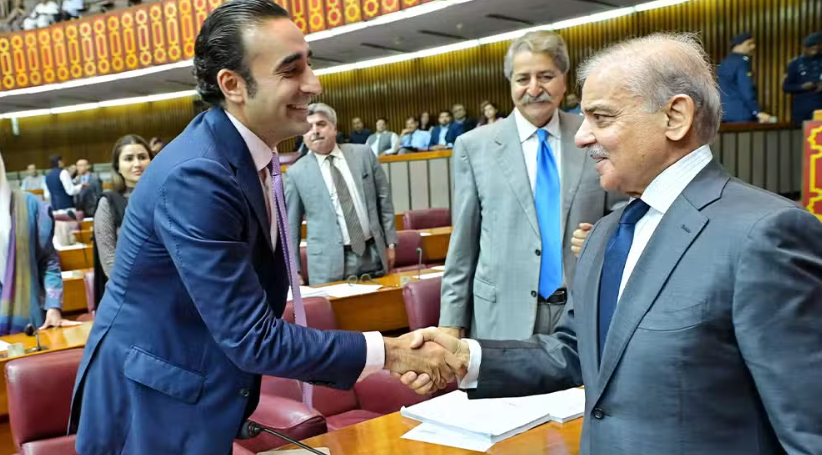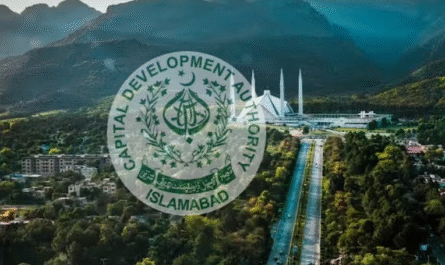In a landmark fiscal decision, the Government of Pakistan has officially passed the Federal Budget for the Fiscal Year 2025–26, introducing Rs. 463 billion in new taxes. Amidst mounting economic challenges, the move is aimed at stabilizing the country’s fragile economy, meeting IMF conditions, and boosting domestic revenue collection.
But what does this mean for the average citizen, businesses, and the broader economy? Here’s a breakdown.
Key Highlights of the FY26 Budget
- New Taxes Introduced: Rs. 463 billion worth of additional taxes have been imposed across sectors, with a focus on increasing the tax-to-GDP ratio.
- Total Budget Outlay: The total expenditure outlined for FY26 stands at Rs. 18.9 trillion.
- Revenue Target: The government aims to collect Rs. 12.9 trillion in revenue, a significant jump from the previous year.
- Defence Allocation: Defence spending has been increased to over Rs. 2.1 trillion.
- Development Projects: Rs. 1.5 trillion allocated under the Public Sector Development Programme (PSDP).
- Govt Passes FY26 Budget With Rs. 463 Billion in New Taxes.
Who’s Paying More?
The new taxation measures are expected to affect several groups:
1. Salaried Class
While some income tax slabs remain unchanged, upper-middle-income earners may face higher deductions. The government has vowed to increase compliance rather than burdening the lower-income population, but salaried individuals are still expected to feel the pinch.
2. Retailers and Traders
A broader tax net now includes small shopkeepers and informal businesses, many of whom will be brought under the fixed tax regime. Point-of-sale (POS) integration and digital invoicing are being pushed forward.
3. Luxury Goods and Services
Higher sales taxes have been slapped on imported vehicles, luxury products, and non-essential services such as air travel and high-end dining.
4. Real Estate and Construction
Capital gains tax and property valuation adjustments may make it costlier to buy, sell, or invest in real estate.
Why These Measures?
The budget reflects Pakistan’s efforts to:
- Meet IMF requirements for fiscal consolidation and structural reforms
- Control inflation while generating domestic revenue
- Reduce dependency on foreign loans and aid
- Fund essential public services like health, education, and infrastructure
Finance Minister Muhammad Aurangzeb emphasized that the new budget is a “difficult but necessary” step toward long-term economic sustainability.
Public and Expert Reactions
Reactions to the budget have been mixed:
- Economic experts applaud the government’s intent to expand the tax base and increase documentation, but they caution against overburdening the middle class.
- Opposition parties have labeled the budget “anti-people” and accused the government of pushing the public further into hardship.
- Business leaders are urging for more facilitation, reduced red tape, and support for small and medium enterprises (SMEs).
Looking Ahead
The FY26 budget is a bold attempt to stabilize a struggling economy, but its success depends on implementation, transparency, and enforcement. For millions of Pakistanis, the coming months will reveal whether the increased taxation yields long-term benefits or adds to daily financial stress.
In Summary:
- New Taxes: Rs. 463 billion
- Focus Areas: Revenue generation, tax net expansion, IMF compliance
- Impacted Sectors: Salaried individuals, retailers, luxury consumers, real estate
- Public Outlook: Cautiously critical, with calls for accountability and relief measures
Stay informed. Stay prepared. The new fiscal year is here — and it brings both challenges and opportunities for Pakistan.



